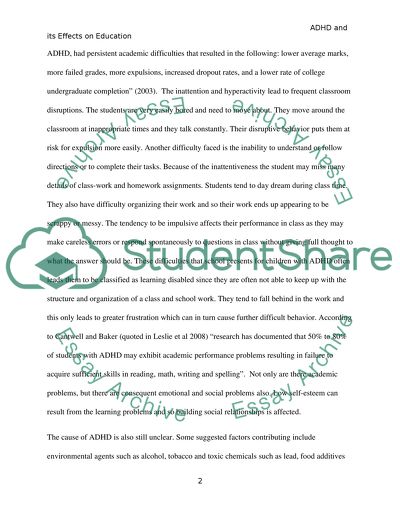Cite this document
(“Attention Deficit Hyperactivity Disorder Research Proposal”, n.d.)
Attention Deficit Hyperactivity Disorder Research Proposal. Retrieved from https://studentshare.org/health-sciences-medicine/1551336-adhd-and-effect-on-education
Attention Deficit Hyperactivity Disorder Research Proposal. Retrieved from https://studentshare.org/health-sciences-medicine/1551336-adhd-and-effect-on-education
(Attention Deficit Hyperactivity Disorder Research Proposal)
Attention Deficit Hyperactivity Disorder Research Proposal. https://studentshare.org/health-sciences-medicine/1551336-adhd-and-effect-on-education.
Attention Deficit Hyperactivity Disorder Research Proposal. https://studentshare.org/health-sciences-medicine/1551336-adhd-and-effect-on-education.
“Attention Deficit Hyperactivity Disorder Research Proposal”, n.d. https://studentshare.org/health-sciences-medicine/1551336-adhd-and-effect-on-education.


